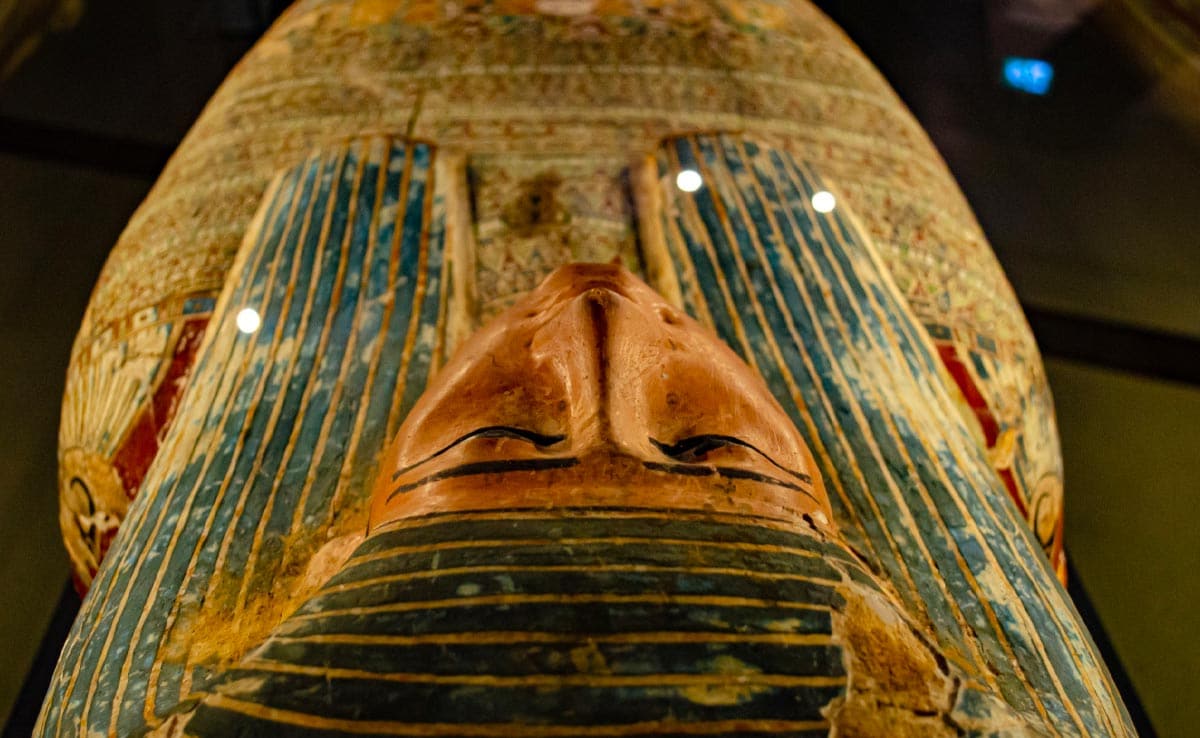Beeswax, plant oil, fats, bitumen and tree resin were among the ingredients that made up the aroma
Researchers at Max Planck Institute have recreated one of the scents used in the mummification of an important Egyptian woman more than 3,500 years ago. According to a report in The Guardian, scientists have recreated a particular odour called the ”scent of eternity” or ”the scent of life” that was used during the mummification of a woman named Senetnay. She was a wet nurse, also given the title Ornament of the King, in the kingdom of Egypt.
The project was derailed in a new paper published in the journal Scientific Reports. For the process, scientists from the Max Planck Institute of Geoanthropology in Germany analyzed substances from six balm samples taken from two jars that contained Senetnay’s lungs and liver.
Beeswax, plant oil, fats, bitumen, Pinaceae resins, a balsamic substance, and tree resin were among the ingredients that made up the aroma more than 3,500 years ago.
The recreation of this scent involved a series of intricate scientific procedures, including chromatography. Scientists successfully replicated the fragrances using only the residual organic remnants found at the base of the vacant jars.
It was also learned that different scents were used to embalm people according to their role in society.
”The embalming ingredients found in Senetnay’s balms are among the most elaborate and diverse ever identified from this period, revealing the meticulous care and sophistication with which the balms were created,” said lead study author Barbara Huber, a doctoral researcher at the Max Planck Institute of Geoanthropology in Germany.
”The presence of such a vast array of ingredients, including exotic substances like dammar or Pistacia tree resin, indicates that extremely rare and expensive materials were used for her embalming. This points to Senetnay’s exceptional status in society”, Ms Huber added.
French perfumer Carole Calvez worked with the researchers to recreate the scent, which will be presented at Denmark’s Moesgaard Museum. Currently, an inscribed model jar dedicated to Senetnay is already exhibited at the Metropolitan Museum.
The team said they hoped it would provide an “immersive, multisensory experience” to visitors, bringing the mystique of Ancient Egyptian mummification to the modern day.
Dr William Tullett, an expert in sensory history at the University of York, who was not involved in the work, told The Guardian, “To our noses, the warm, resinous, pine-like odours of larch might be more reminiscent of cleaning products, and the sulphurous scent of bitumen might put us in mind of asphalt. But for Egyptians, these smells clearly had a host of other meanings related to spirituality and social status.”
Waiting for response to load…















